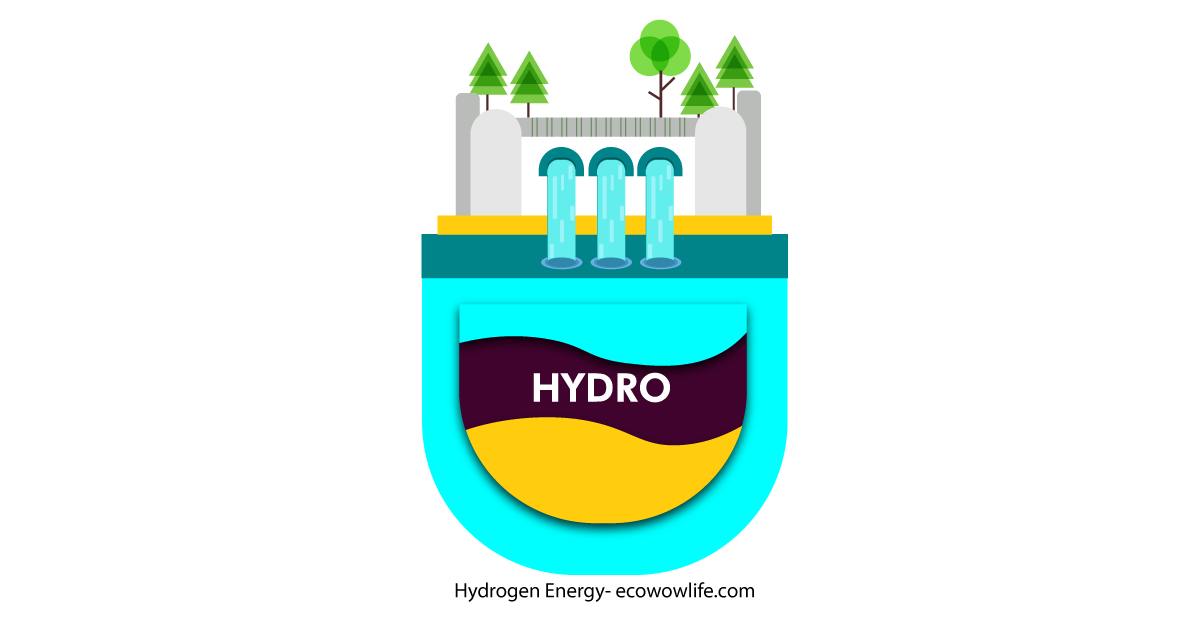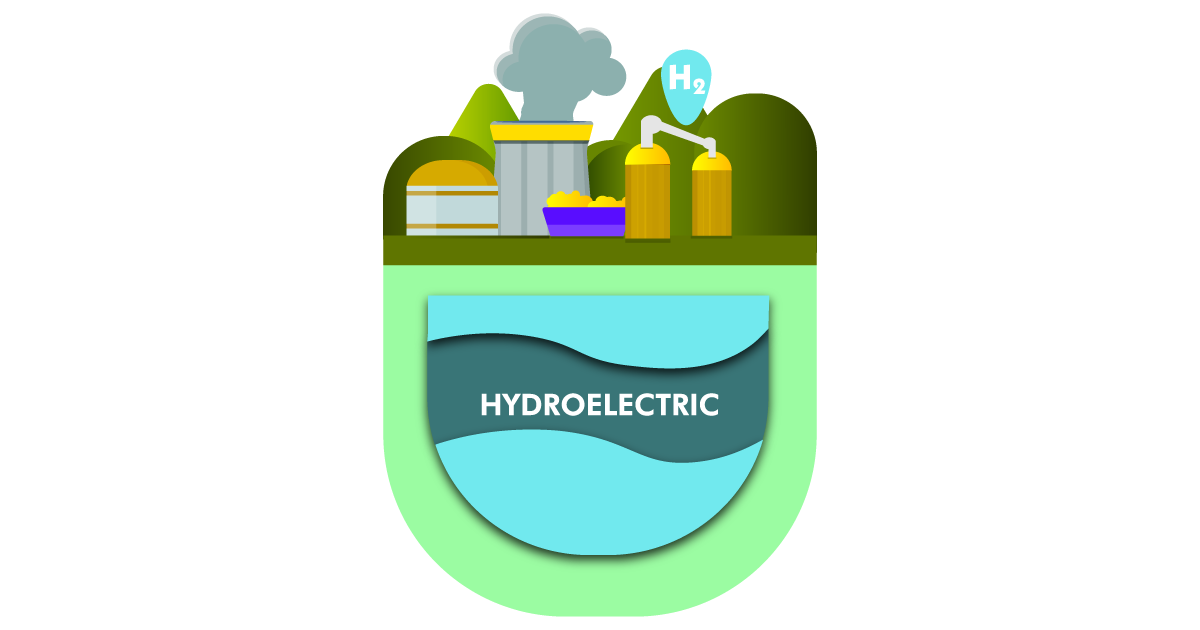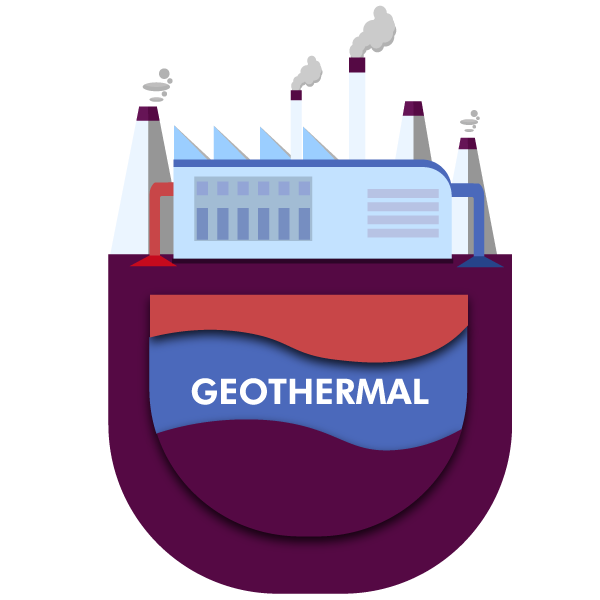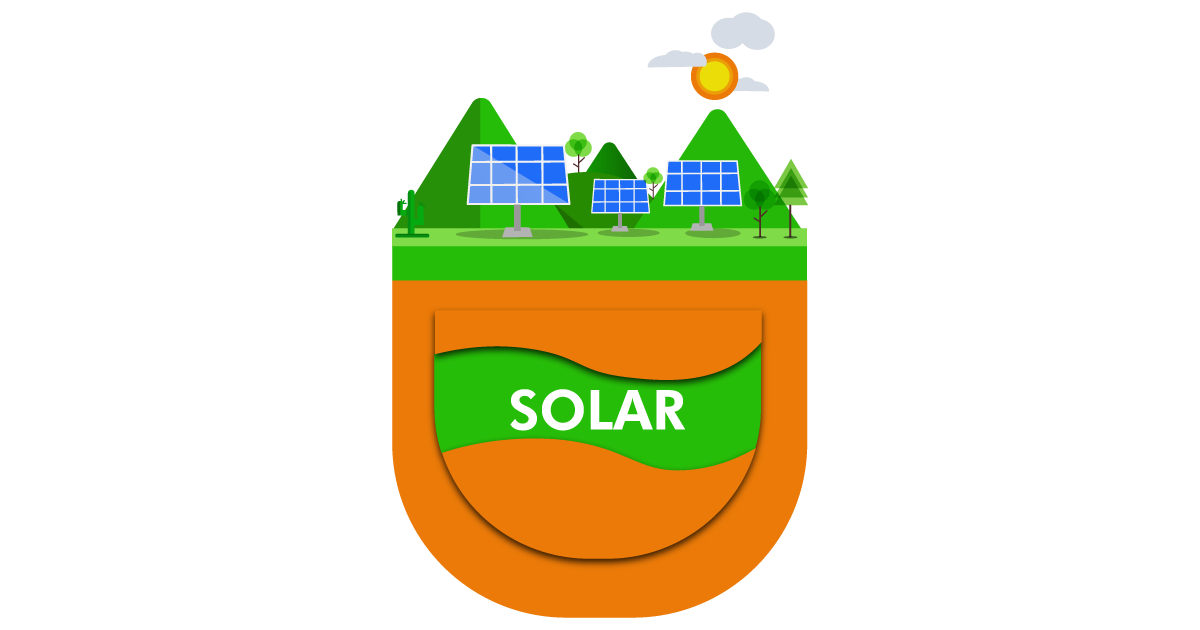Nowadays, Renewable energy has become a timely topic for its significant characteristics — the sources of renewable energy much clean than non-renewable energy sources.
In this article, we discussed the major types of renewable energy, and we briefly overview every source of renewable energy along with renewable facts, data, and lots of cool stuff. So keep reading!!
This alternative energy source would be a safeguard to reduce carbon emission and also play a vital role in future energy consumption.
We all have a perception of renewable energy being a paradigm shift to the energy sector as a solution to diminishing fossil fuel stock of the earth.We also think that renewable energy is expensive and cannot be implemented globally on a large scale, and we need a lot of years to do that.
However, all these can be proven wrong to utilize the major sources of renewable energy properly to harness the electricity at the highest level.
List of Major types of renewable energy :
8 types of renewable energy are:
- Bio-energy
- Geothermal
- Hydroelectric
- Solar
- Wind
- Ocean
- Hydrogen
- Tidal
Brief discussion about the sources of Renewable Energy :
In this chapter, we discuss every component of the types of renewable energy from its history to uses, facts, stats, and obstacles.

1. Hydroelectric power – One of the first sources of renewable energy used for electricity :
People have a long history of using water flowing force of streams and rivers to produce mechanical energy. One of the first sources of energy that used for electricity generation was hydro power. It is the largest single renewable energy source for electricity generation in the U.S.

Water flowing into water stored or the river in a dam is sources of hydro energy. The Simple method of using hydro energy is to convert it into electrical energy. The amount of precipitation which drains into rivers and streams in a geographic area determines the amount of water available for producing hydropower. Two factors play a significant impact on hydropower production:
Seasonal variations in precipitation
- Long-term changes in precipitation patterns, such as droughts
In 2018, total U.S. utility-scale electricity generation sources and their shares-
- Hydroelectricity accounted for about 7%
- And 41% from renewable energy sources (U.S. Energy Information Administration, 2019)
Hydroelectricity’s share of total U.S. electricity production has decreased over time because electricity generation from other sources has increased. (U.S. Energy Information Administration, 2019)
2. Wind Energy – Commonly used in a windy urban area
Winds are continually being created in nature. Today, wind energy is generally used to produce electricity. These windmills are generally established only at places where most of the days in a year experience strong winds. The energy from this wind is used for grinding grain, pumping water, and producing electricity. Water-pumping windmills were once used throughout the US, and some still operate on farms and ranches, mainly to supply water for livestock. (U.S. Energy Information Administration, 2019)

3. Hydrogen and fuel cells : Hydrogen energy can produce enormous electricity
It is a decent source of energy because it does not create pollution and produce maximum energy on burning. Hydrogen has the potential to be the answer to all our energy and fuel troubles. Technology is currently being developed to utilize hydrogen efficiency fully.

4. Geothermal energy : Is a renewable energy source as heat is continuously produced inside the earth
Geothermal energy is heat within the earth. The word geothermal basically comes from the Greek words “geo” (earth) and “thermal” (heat) (U.S. Energy Information Administration, 2019).

Geothermal energy is a renewable energy source as heat is continuously produced inside the earth. People can capture geothermal energy through geothermal power plants, which use heat from deep inside the Earth to generate steam to make electricity.
Geothermal heat pumps, which tap into heat close to the Earth’s surface to heat water or provide heat for buildings. People use geothermal heat for heat buildings, bathing, and to generate electricity.
5. Ocean thermal energy : Is another sources of renewable energy which create less pollution when it operate :
Ocean Thermal Energy Conversion (OTEC) produces electricity using seawater, is a renewable energy technology. 71% of the world’s surface is covered by ocean Oceanic Institute). It is a process that can produce electricity by using the temperature difference between deep cold ocean water and warm tropical surface waters (U.S. Energy Information Administration, 2019).
OTEC plants pump large quantities of deep cold seawater and surface seawater to run a power cycle and produce electricity.
6. Bioenergy or Biogas : Biofuel accounting for 60-70% of the total energy
Biogas is produced from biomass done the process of anaerobic decomposition. Anaerobic bacteria—bacteria that live without the existence of free oxygen. It occurs naturally in soils, in water bodies such as swamps and lakes, and the digestive tracts of humans and animals. These bacteria break down, or digest biomass after eating and produce biogas.

Biogas is combination of mostly methane and carbon dioxide. Methane (CH4) is the similar energy-rich compound found in natural gas.
The composition of bio-gas differs from 40%–60% methane to 60%–40% carbon dioxide (CO2), with small volumes of water vapor and other gases. (U.S. Energy Information Administration, 2019)
Bio-gas forms from municipal-solid-waste landfills and livestock manure holding ponds. Bio-gas can also produce under organized conditions in individual tanks called anaerobic dig esters.
Biogas can be treated to eliminate CO2 and other gases, and it can be used as fuel, just like natural gas. Disgeste is the material that left after anaerobic digestion is complete which is rich in nutrients, can used as a fertilizer. There are several types of bio-energy exist
Types of Bio-energy are:
- Wood biomass
- Ethanol
- Biodiesel
- Waste biomass
Wood biomass :
People have used wood for lighting, cooking, and heating for thousands of years. Wood was the main source of energy for the world until the mid-1800s.
Wood continues to be an essential fuel in many countries, especially for cooking and heating in developing countries.
About 2% of total U.S. annual energy consumption was from wood and wood waste—bark, sawdust, paper mill residues and wood chips, wood scrap in 2018 (U.S. Energy Information Administration, 2019).
In the electric power sector, several power plants that burn mostly wood to generate electricity, and some coal-burning power plants burn wood chips with coal to reduce sulfur dioxide emissions. Most of the commercial sector’s use of wood is for heating.
The amounts in trillion British thermal units (TBtu) of wood and wood waste energy consumption by consuming sectors and their percentage shares of total U.S. wood and wood waste energy consumption in 2018 were:
- Industrial: 1,540 TBtu 65%
- Residential: 517 TBtu 22%
- electric power: 215 TBtu 9%
- commercial: 84 TBtu 4% (U.S. Energy Information Administration, 2019)
Ethanol :
Ethanol is a renewable biofuel as it is made from biomass. Ethanol is clear, colorless alcohol made from a variety of biomass materials called feedstocks (the raw materials used to create a product). Fuel ethanol feedstocks include crops and grains with higier starch and sugar content such as corn, sorghum, barley, sugar cane, and sugar beets.
Ethanol can also be made from trees, grasses, and agricultural and forestry residues such as corn cobs and stocks, sawdust, rice straw, and wood chips. In several way Ethanol is made from these feedstocks.
The most common ethanol manufacture procedures today use yeast to ferment the starch and sugars in corn, sugar cane, and sugar beets. Corn is the primary feedstock for fuel ethanol in the United States because of its abundance and low price. The starch in corn kernels is been fermented into sugar, which is then fermented into alcohol.
Sugar beets & sugar cane are the most common feed stock used to make fuel ethanol in other parts of the world. Because alcohol is made by sugar crops, fermenting sugar are the most accessible ingredients to convert into alcohol.
After the United States, Brazil is the world’s 2nd-largest fuel ethanol producer makes most of its fuel ethanol from sugar cane. Most number of the cars in Brazil can run by pure ethanol or a blend of gasoline and ethanol. (U.S. Energy Information Administration, 2019)
Bio-diesel :
Bio-diesel is a renewable fuel from biomass. Most U.S. biodiesel is produced from animal fats and vegetable oils. Equipment that customs distillate fuel oil can also use biodiesel. The significant sources of feedstock (raw material) for making biodiesel in the United States and their shares of total biodiesel feedstock in 2018 were:
- soybean oil 54%
- corn oil 15%
- recycled feedstock (such as used cooking oils and yellow grease)13%
- canola oil 9%
- animal fats 9% (U.S. Energy Information Administration, 2019)
Rapeseed oil, palm oil, and sunflower oil are the major feedstock for biodiesel produced in other countries. Biodiesel is most often mixed with petroleum diesel in ratios of 2% (referred to as B2), 5% (B5), or 20% (B20).
Pure biodiesel (B100) can also be recycled in many applications. Diesel engines can use biodiesel fuels without any changes to the engines. Bio-diesel blends are also can be used as heating oil. Petroleum diesel fuel tanks and equipment can also store and transport bio-diesel. (U.S. Energy Information Administration, 2019)
Waste biomass :
Municipal solid waste (MSW) is often called garbage. They used to produce energy at waste-to-energy plants and landfills in the US. MSW contains:
- Biomass or biogenic that are plant or animal products; materials such as paper, cardboard, food waste, grass clippings, leaves, wood, and leather products.
- Non-biomass combustible materials such as plastics and also other synthetic materials made from petroleum
- Noncombustible materials such as glass and metals
- In 2015, MSW(Municipal solid waste) about 262 million tons were generated in the United States:
-
- 52.5% land filled
- 25.8% recycled
- 12.8% burned with energy recovery
- 8.9% composted (U.S. Energy Information Administration, 2019)
MSW is usually burned at unique waste-to-energy plants that use the heat from the fire to make steam. In this way, they are generating electricity or to heat buildings.
In 2016, 71 US power plants generated about 14 billion kilowatt-hours of electricity from burning approximately 30 million tons of combustible MSW.
Biomass materials are accounted for almost 64% of the weight of the combustible MSW and for about 51% of the electricity generated. The remainder of the combustible MSW was non-biomass combustible material, mainly plastics.
Many large landfills are also generating electricity by using methane gas. Methane gas is usually produced from decomposing biomass in landfills.
Burning MSW reduces the amount of waste by almost 87% that would probably be buried in landfills. (U.S. Energy Information Administration, 2019)
7.Tidal Energy :
Tidal energy is one of the forms of hydropower that converts the energy from tides into electricity or other useful forms of energy. Tidal power has a relatively high-efficiency rate. Almost 80% of the usable electricity can be harness from tidal.

8. Solar Energy : Solar Power is the most popular renewable sources among others
Solar energy uses captured sunlight to create electricity. They usually use photovoltaic power (PV) or concentrated solar power (CSP). This solar energy used to power auto motives, lights, pools, heaters, and gadgets.

Solar photovoltaic (PV) devices, or solar cells, change sunlight directly into electricity. Small PV cells can power calculators, watches, and other small electronic devices. The PV plant can produce electricity for an entire house. Some PV power plants have large arrays that cover many acres to generate electricity for thousands of homes.
The installation of space solar panels could aid the new era of future civilization. The scientists are investigating in such research and innovative technologies development.
Graphene Energy : Future Renewable Energy Sources which may be lead the Renewable Industry:
Scientists have discovered breakthroughs in renewable sources by using graphene. It is a derivative of graphite. Graphite is also the most major mineral component found in lithium-ion batteries. Graphene is just one atom thick and can both simplify and revolutionize tissue technology to drug delivery applications. When combined with salt water, it has an unexpected potential to generate electric potential.
Final remark about Types of Renewable sources:
After over viewing the type of renewable energy, it’s pretty clear these sources of energy are sustainable and clean power, which tent to reduce pollution. All the sources of renewable energy relatively environment-friendly, thus called it green energy.
The whole world is now concerned about energy security, along with the negative impact of climate change caused mostly by the carbon emission from fossil fuels and industrial pollution. Here renewable energy may be a safeguard for the environment.
Many countries of the world are implementing this renewable energy to secure energy consumption. They are already aiming to produce 100% of electricity from renewable sources.






[…] atypical needs. Encourage your baby to use natural resources wisely- for example, emphasis to use renewable energy like solar energy and wind energy for a better clean environment and energy […]